Antivirus
Photo & Video
Programming & Design
Office Management
Other
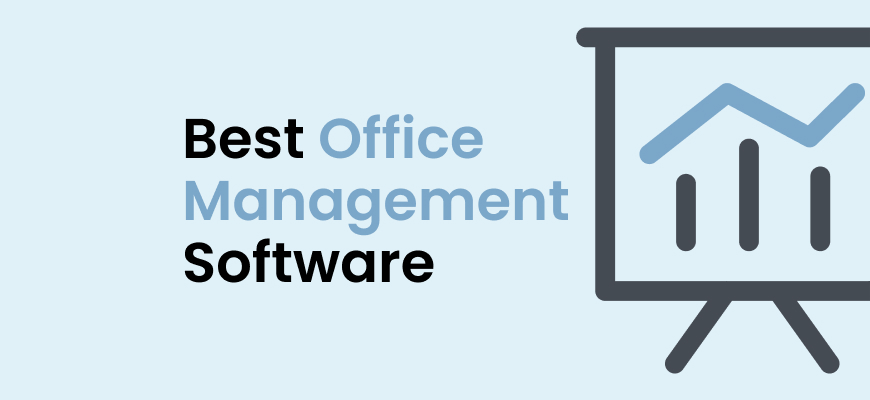
In today’s fast-paced business world, effective office management is essential for success. With the right office management software, businesses can streamline their operations, improve communication, and increase productivity. This article will explore the factors to consider when choosing office management software and provide an in-depth analysis of the top office management software options available in 2023.
Table of Contents
When selecting office management software, businesses should consider several factors to ensure they choose the best solution for their needs. These factors include:
Functionality: The software should offer a comprehensive set of features that address the specific needs of the business, such as project management, team collaboration, and document management.
| Name | Rating | Price | |
| Microsoft Office 365 | 100% Free | Download Free | |
| Google Workspace (formerly G Suite) | 100% Free | Download Free | |
| Slack | 100% Free | Download Free | |
| Asana | 100% Free | Download Free | |
| Trello | 100% Free | Download Free | |
| Monday.com | 100% Free | Download Free | |
| ClickUp | 100% Free | Download Free | |
| Wrike | 100% Free | Download Free | |
| Basecamp | 100% Free | Download Free |
There are numerous office management software options available today, and choosing the best one can be a daunting task. This article will provide an overview and analysis of the top office management software solutions in 2023, including their key features, pros, and cons.
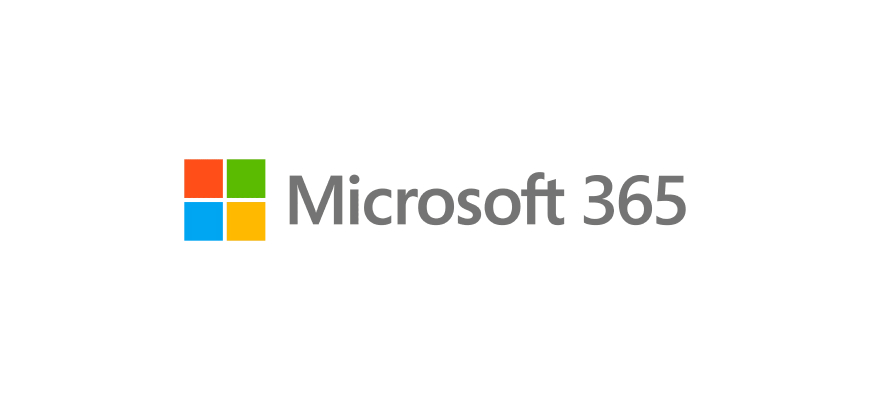
Microsoft Office 365 is a cloud-based suite of office productivity tools that includes popular applications such as Word, Excel, PowerPoint, and Outlook. It also offers collaboration and communication tools like Microsoft Teams, SharePoint, and OneDrive. Microsoft Office 365 is suitable for businesses of all sizes and industries, with various plans available to cater to different needs.
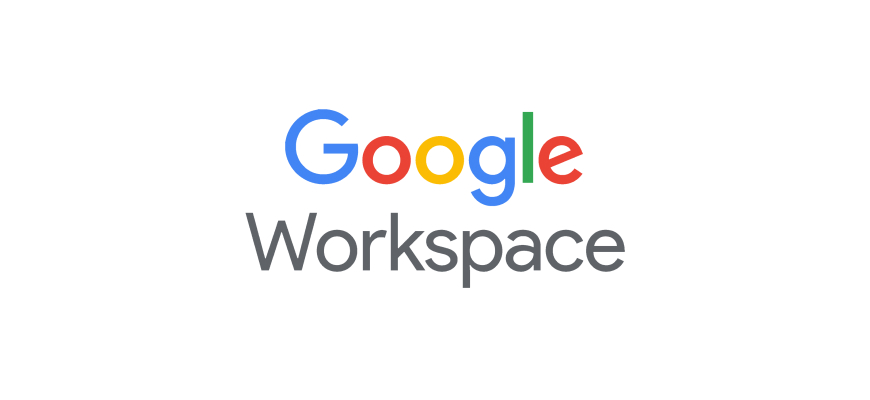
Google Workspace is a cloud-based office productivity suite that offers tools for document creation, communication, and collaboration. It includes popular applications like Google Docs, Sheets, Slides, and Gmail, along with collaboration tools like Google Meet and Google Drive. Google Workspace is suitable for businesses of all sizes and offers various pricing plans to cater to different needs.
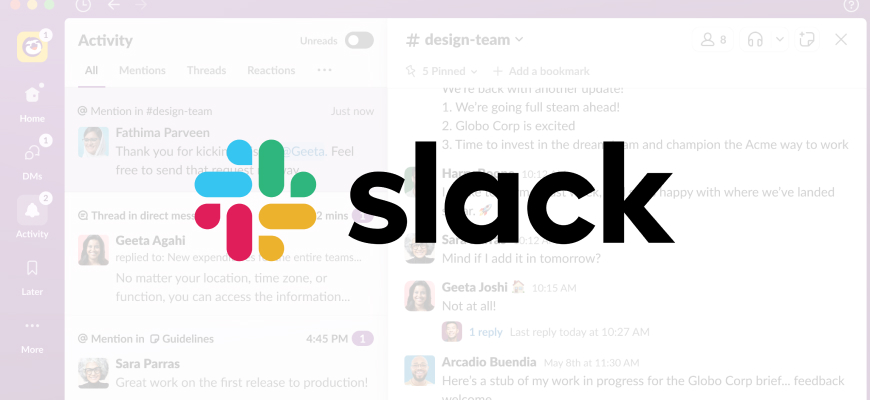
Slack is a communication and collaboration platform designed to streamline team communication and improve productivity. It allows users to create channels for different projects, teams, or topics, enabling focused discussions and easy file sharing. Slack integrates with a wide range of other tools and services, making it a powerful hub for all team communication and collaboration needs.

Asana is a project management and team collaboration platform that helps teams plan, track, and manage their work. It offers a wide range of features, such as task and project organization, time tracking, file sharing, and reporting. Asana is suitable for businesses of all sizes and can be customized to fit various workflows and industries.

Trello is a visual project management and collaboration tool that uses a board-based system to organize tasks and projects. Users can create boards for different projects, add lists to represent various stages or categories, and use cards to represent tasks. Trello is suitable for businesses of all sizes and can be customized to fit various workflows and industries.

Monday.com is a work operating system (OS) that provides a platform for project management, team collaboration, and workflow automation. It offers a wide range of features, such as customizable boards, task management, time tracking, andintegration with other tools and services. Monday.com is suitable for businesses of all sizes and industries, with various pricing plans available to cater to different needs.

ClickUp is a project management and collaboration platform that offers a wide range of features, such as task management, time tracking, team communication, and reporting. It uses a customizable hierarchy system to organize tasks and projects, allowing for flexibility and scalability. ClickUp is suitable for businesses of all sizes and industries, with various pricing plans available to cater to different needs.

Wrike is a project management and collaboration platform that offers features such as task management, team collaboration, time tracking, and reporting. It uses a customizable hierarchy system to organize tasks and projects, allowing for flexibility and scalability. Wrike is suitable for businesses of all sizes and industries, with various pricing plans available to cater to different needs.
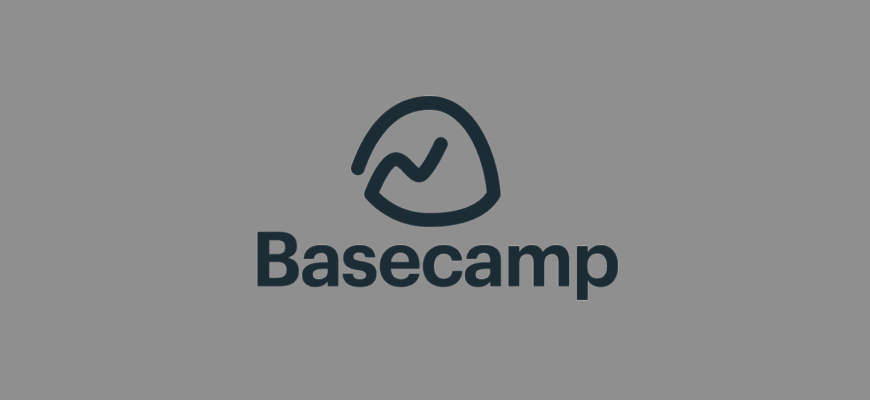
Basecamp is a project management and team communication platform that offers features such as task management, team collaboration, and file sharing. It uses a simple interface with to-do lists and message boards to organize tasks and projects. Basecamp is suitable for small to medium-sized businesses and can be customized to fit various workflows and industries.
Choosing the best office management software for your business can be a challenging task. To make an informed decision, consider the following steps:
Identify your needs: Assess your business requirements and identify the features and functionality you need in an office management software solution.
Effective office management is critical for the success of any business, and choosing the right office management software can make all the difference. By considering the factors outlined in this article and evaluating the top office management software options, businesses can find the best solution to streamline their operations, improve communication, and increase productivity.
Office management software refers to a suite of digital tools designed to streamline and automate various administrative tasks within an office environment. It typically includes features for document management, scheduling, communication, task management, and other functions that enhance productivity and organization.
Office management software can bring numerous benefits to your business. It helps improve efficiency by automating repetitive tasks, reducing paperwork, and providing centralized access to information. It enhances collaboration by facilitating communication and file sharing among team members. Additionally, it enables better organization and tracking of tasks, deadlines, and projects, leading to increased productivity and streamlined operations.
Yes, office management software can be beneficial for small businesses as well. While the specific needs may vary, small businesses can leverage office management software to streamline their administrative processes, improve communication, and enhance overall efficiency. It can help optimize resource allocation, enhance team collaboration, and enable effective task management, ultimately contributing to the growth and success of the business.
When evaluating office management software, consider the following key features: document management capabilities, such as file storage, version control, and document sharing; scheduling and calendar management for efficient time management; communication tools like messaging, video conferencing, and email integration; task management features, including assigning tasks, setting deadlines, and tracking progress; and reporting and analytics functionalities to gain insights into productivity and performance. Additionally, customizable workflows and integration options with other tools may also be important factors to consider based on your specific business needs.